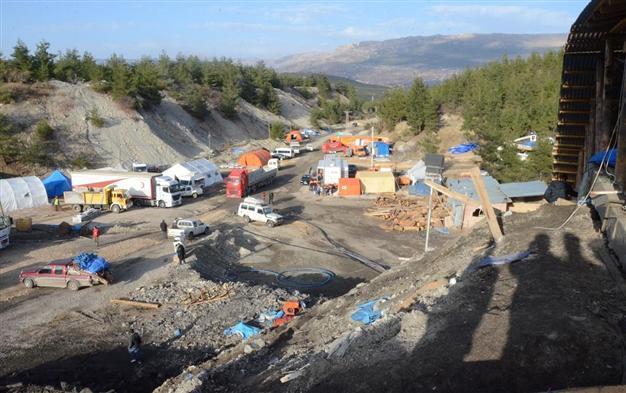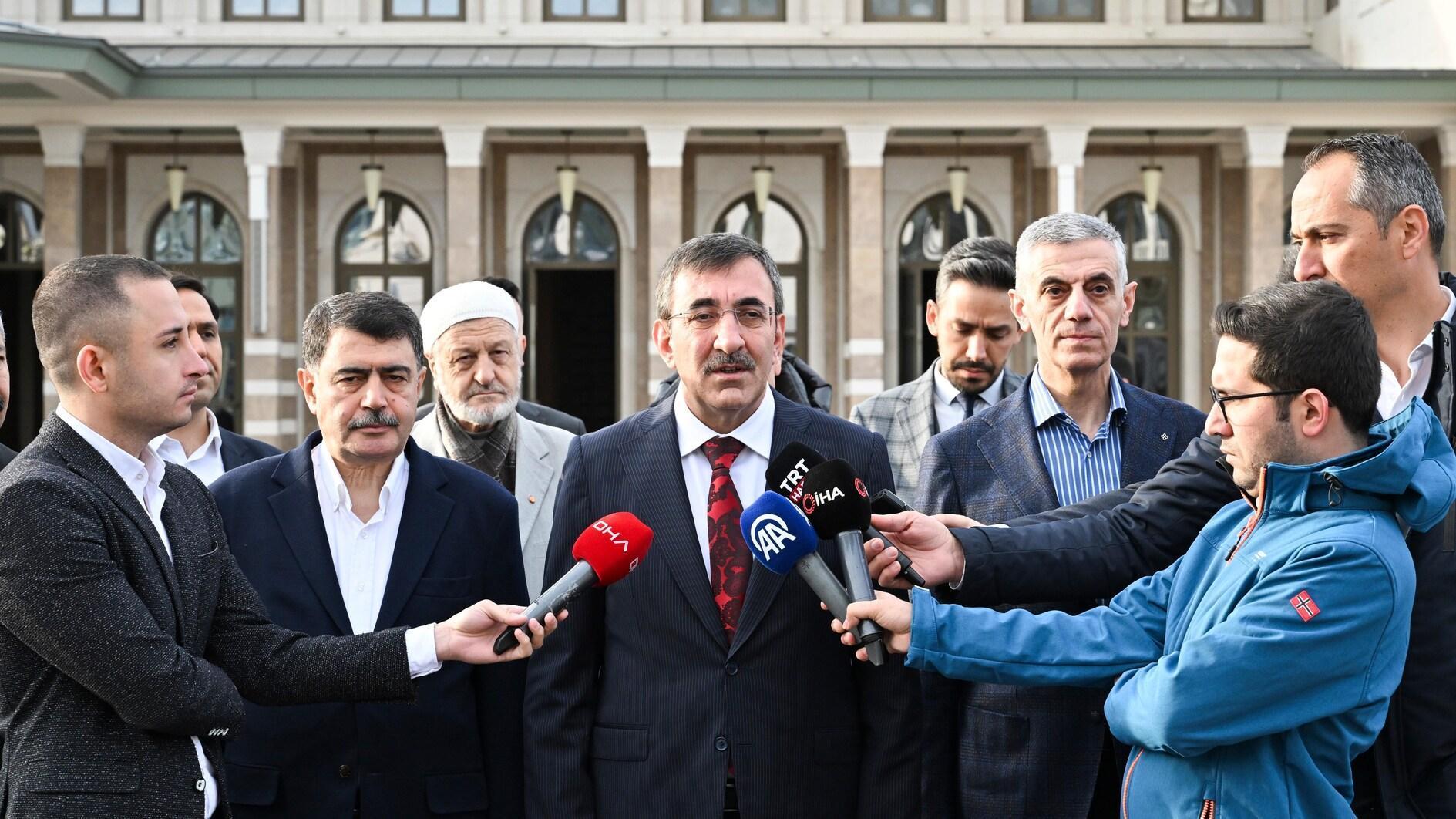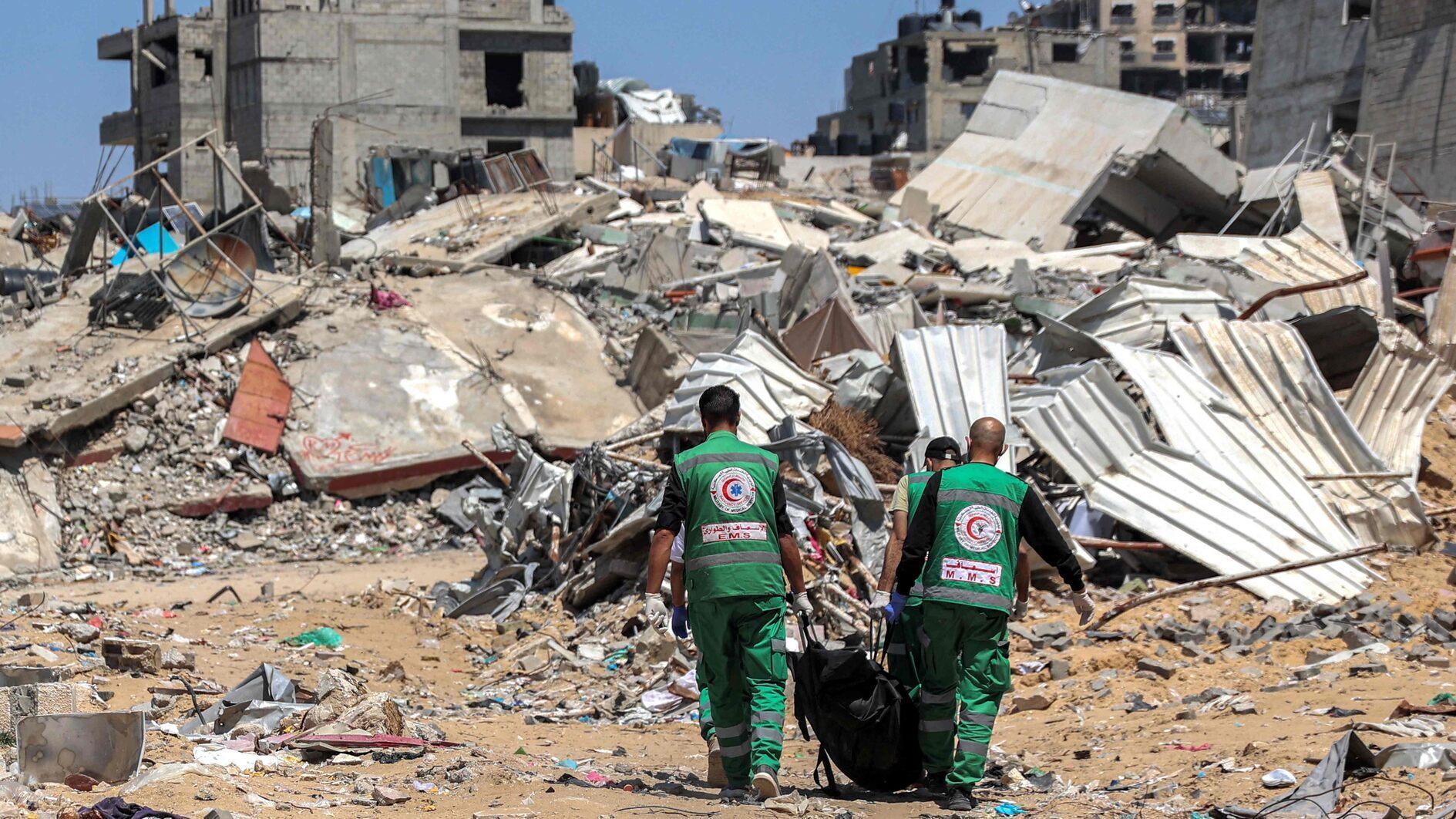Ministry gives license to extract 1.8 billion tons of lignite coal in Central Anatolia
KARAMAN

18 workers were killed at a mine accident last October in Ermenek, in Karaman province.
As the wounds of the recent coal mine accident that killed 18 workers in the Central Anatolian heartland of Karaman are still fresh, the Energy Ministry has given licenses for three new mines in the same area, which is estimated to have a lignite coal reserve of 1.83 billion tons.The region, once designated an area where projects based on producing solar energy would be encouraged, may now become home to the second largest coal plant in the country, local environmental activists have warned. Experts, meanwhile, have highlighted the poor quality of the lignite in the region.
Activists from the Karaman Environmental Volunteers Movement said that although the projects only foresee the production of coal, it might entail the construction of a plant just like in Afşin-Elbistan further east, which has Turkey’s largest lignite reserves.
According to experts, lignite coal’s properties are not energy efficient, while the chemicals that will be disseminated by its extraction may be a death sentence for the region’s ecosystem.
“Even when you burn dry wood you get 3,000 joules of heat. But for the lignite in Karaman, a million years are needed for it to become real lignite,” İsmail Duman, a metallurgy expert from Istanbul Technical University, was quoted as saying by daily Cumhuriyet.
Duman explained that the lignite in Karaman contained a very high proportion of toxic chemicals, such as mercury and arsenic. “Even if one part per 1000 of the amount of earth moved for the excavation [of the mines] becomes dust and is disseminated [through the air] from Central Anatolia to the Taurus Mountains, this means 700,000 tons of dust per year,” Duman said.
But the region is likely to face much more serious environmental problems if the plant is eventually built, as the lignite will emit high rates of sulfuric acid. Duman warned that another big challenge would be cooling the plant, as the only source to provide the annual 1.43 billion cubic meters of water needed is underground reserves.
“Some 8,800 subterranean water wells will have to work incessantly. This will result in draining all the subterranean water reserves between Karaman-Ereğli and Karapınar over the next 30 years, not including the increase of potential pothole collapses,” Duman said.
Central Anatolia has recently experienced serious drought, with many lakes and water resources shrinking in size.
Turkey has recently boosted the construction of coal and hydroelectric plants in the country, in addition to the two planned nuclear plants. However, many projects have been facing a backlash from local communities due to the environmental damage they may cause once built.
Karaman, a region where companies are more likely to find cheap and non-qualified labor, became the focus of attention following the collapse of a mine in Ermenek in late October.
















